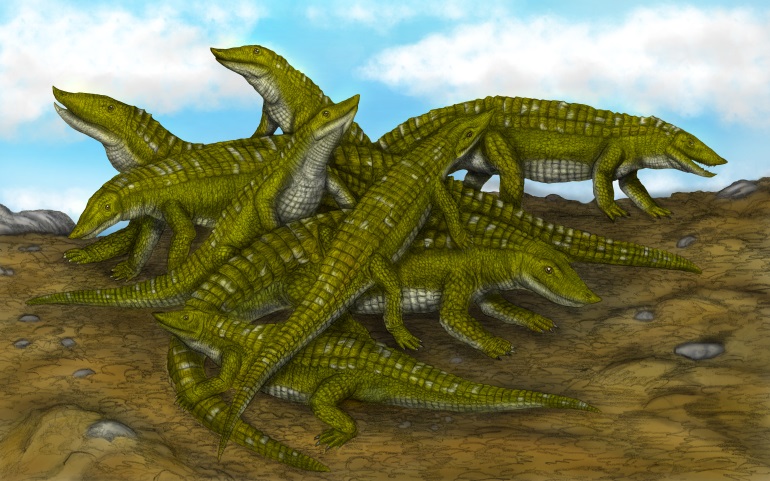
Elisabeth M. Teschner from the University of Opole, together with scientists from Germany and Argentina, examined aetosaur humerus bones from an unusual accumulation of 24 specimens that Oscar Fraas discovered in 1877, at the Kaltental quarry in southern Germany. The findings were published in the scientific journal Journal of Vertebrate Paleontology.
Aetosaurs are an extinct group of reptile primates that had an armoured body. Its representatives reached up to six metres in length and were widespread on almost every continent during the Triassic period.
The body lengths of the animals from the studied assemblage ranged from just 20 to 82 centimetres. Scientists wondered whether they were juveniles, thus small, or nevertheless adult but dwarf animals.
The researchers determined the relative age of the specimens studied, which suggests that the accumulated animals were less than one year old, i.e. they were juveniles. A mystery from almost 150 years ago has thus been solved.
Read more: https://uni.opole.pl/page/5567/paleontologiczna-zagadka-rozwiazana









